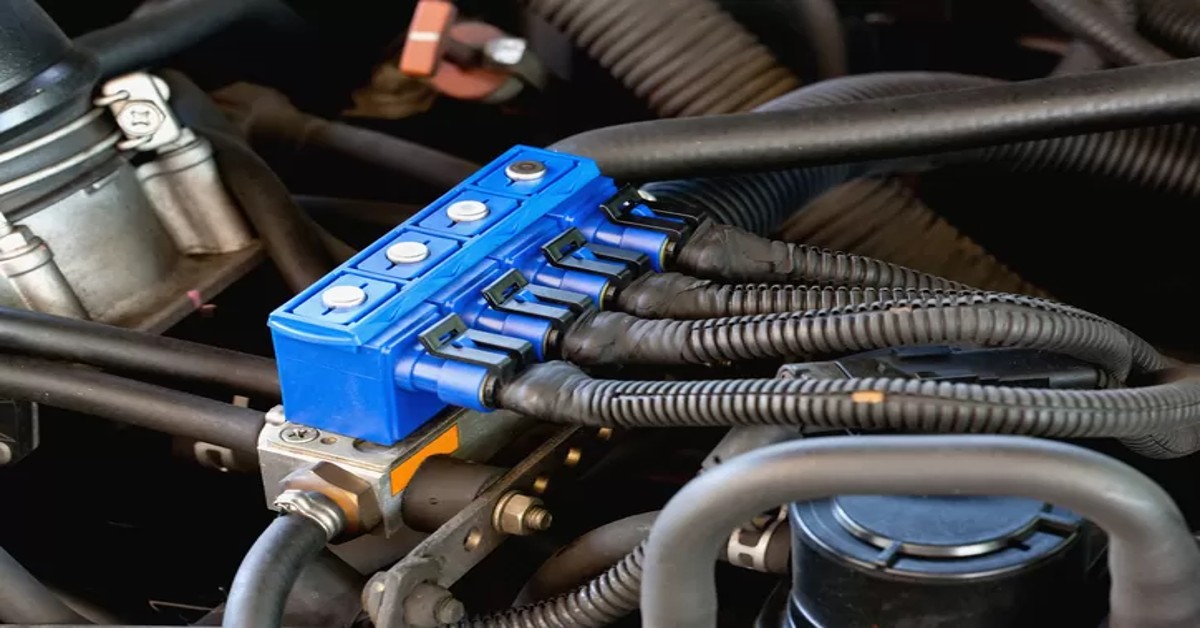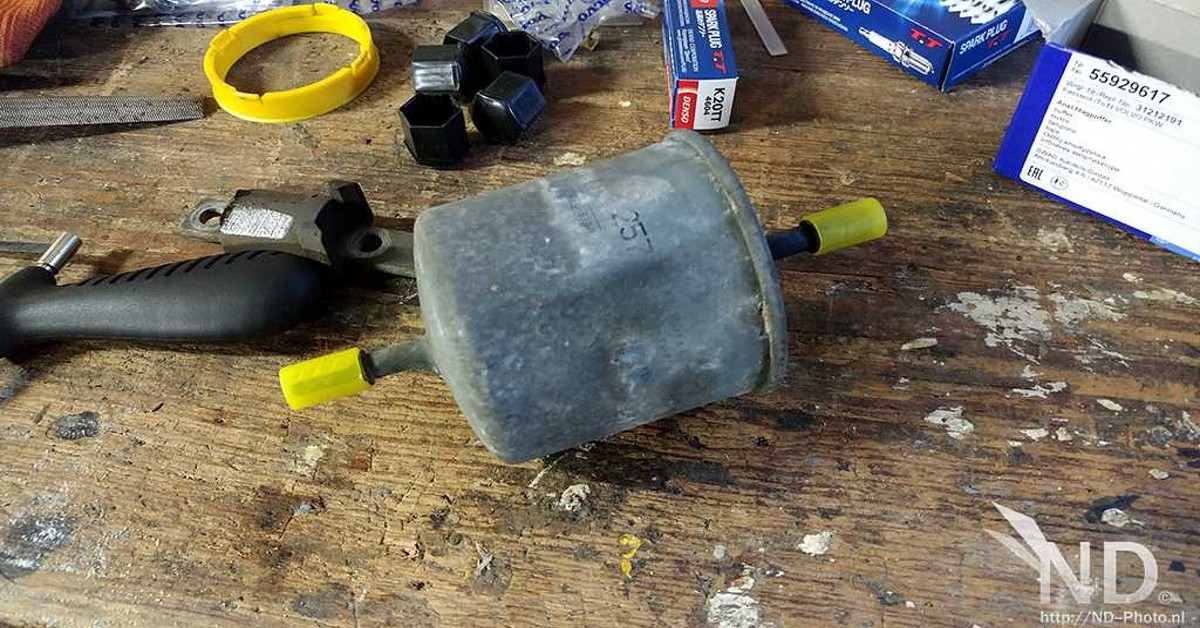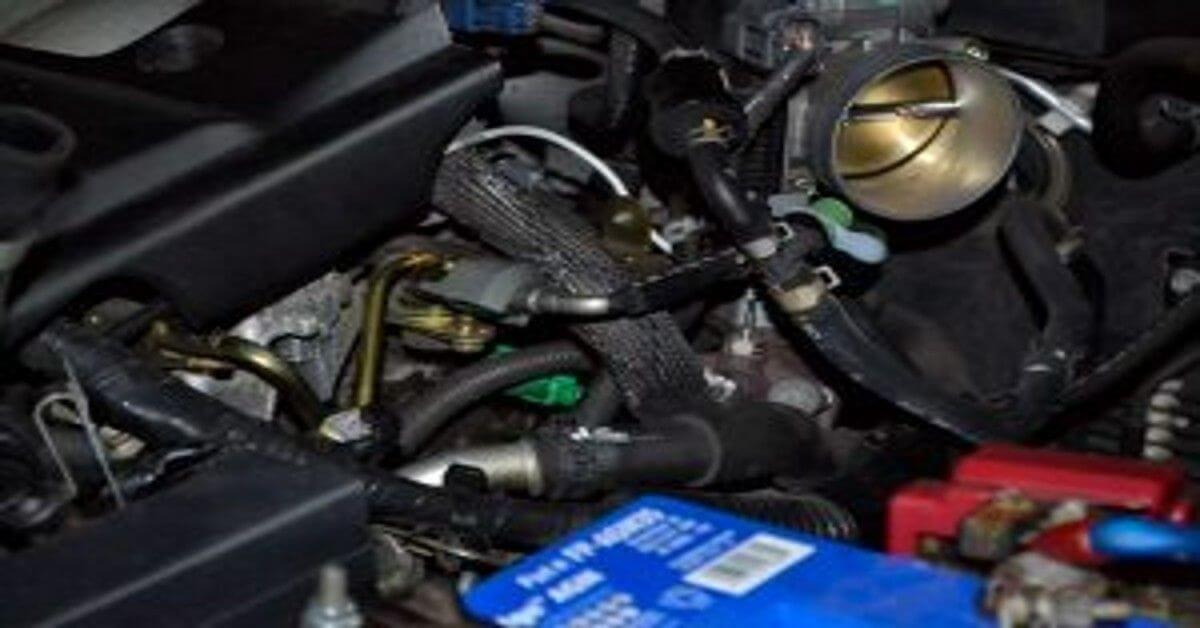The drivetrain of a car is the mechanism by which the power output from the engine is transferred to the wheels. But how the power output is distributed among the wheels or delivered to which set of them is determined by the type of drivetrain your car has.
There are essentially 4 types of drivetrain – All Wheel Drive (AWD), Front Wheel Drive (FWD), Rear Wheel Drive (RWD), Four Wheel Drive (4WD). Each of them have their own set of advantages and disadvantages but to know which might be the right option for you, it is important that you learn more about them.
Table of Contents
FWD
Front wheel drive cars have been the dominant class of drivetrains in the Indian automarket. And there are few good reasons for this. One, it is cheaper to manufacture since connecting the front wheels to the already front mounted engine is relatively easy. Second, it doubles down on the economical side by offering a better gas mileage than any other drivetrain.
Front wheel drive, as the name suggests, sends the engine’s power to the front axle. Here, the car is pulled by the front wheels which may create some traction issues but is quite suitable for Indian roads. Besides its simple and efficient design there are few more advantages to the FWD drivetrain.
Advantages
Interior space
Connecting the drivetrains to the front wheels contains the powertrain of the vehicle in a specific area, clearing up space for more interior room as well as overall storage capacity within the car.
Cost
Front wheel drivetrains are easier and cheaper to manufacture and even require fewer parts than rear wheel drive vehicles.
Efficiency
As a result of fewer components being used, the vehicle is lighter, faster and puts out better mileage.
Slippery-Surface Traction
placing the mass of the drivetrain over the driven wheels improves traction on wet, snowy, or icy surfaces. Although heavy cargo can be beneficial for traction on rear-wheel drive pickup trucks.
More Responsive
Because you’re driving the very wheels that you are steering, the feedback from the ground feels more sensory.
Disadvantages
Handling Problem And Low Power
As a consequence of the heavier frontal side, a system that hauls the entire weight of the vehicle, handling of the vehicle is not so convenient. Plus, the vehicle can not reach higher speeds efficiently due to low power transfer to the front wheels.
Torque Steer
Since the vehicle is heavier on the front side and operates and steers through the front wheels, sometimes when the vehicle struggles for traction you can feel the vehicle steering unintentionally to one side.
RWD
The other more prominent version of the two-wheel drive system is the rear wheel drive. This type of drivetrain features the engine at the front which sends power to the two wheels at the back of the vehicle. It is commonly found on vehicles with more power to handle the greater traction or in cars that are larger in size. RWD drive cars are quite popular world wide, mainly due to their practicality. RWD circumvents much of the problems faced with FWD for being a little more power hungry though.
Advantages
Better handling
RWD drive system allows better power distribution from the engine to the wheel which in tandem with rear force provides stable handling and better maneuverability of the vehicle.
Drifting
For some it might not be such a big plus, but for the avid drift lovers, RWD is the way to go.
Disadvantages
Increased Weight
Connecting the engine located at the front to the rear wheels creates the need for adding a transmission tunnel which along with certain other components makes RWD relatively heavier than FWD cars.
Less Traction On Snowy Or Wet Surfaces
RWD cars might struggle for traction on wet surfaces such as snow or in the rain.
4WD
A 4X4 drivetrain combines the advantages and power from the both front wheel and rear wheel, delivering power to all four wheels. Such type of drivetrain is seen mostly in big offroading vehicles such as the mahindra thar, the bronco, land rover defender, etc. Four wheel drive offers greater power, more traction and rugged stability and is a perfect option for drivers looking to take on some heavy offroading.
Advantages
Best Of Both Worlds
In 4×4 you can easily switch between any of the two two-wheel drive modes which gives the leeway to enjoy better mileage when needed and the ability to drift like a hooligan when you desire.
More Power And Traction
With power going to all four wheels, 4WD cars can get better traction even when the road and weather are inclement. It offers more speed and power for offroading like a pro.
Disadvantages
Expensive
A four-wheel drive system can ratchet up the price of a vehicle quite significantly. The complex mechanism of a four-wheel drive system is not easy to manufacture and involves substantial alterations in the overall vehicle.
AWD
Like the 4WD, an All-wheel drive system, powers all four wheels but what separates the two is the capability of the AWD system to allocate power to different sets of wheels in varying circumstances. An AWD drivetrain powers all four wheels at all times but can distribute torque as and when needed to the much-needed areas. Whereas in 4X4 drivetrain you can switch between the rear and front-wheel drive system, in an AWD you can only drive on all four wheels.
Disadvantages
Less Fuel Efficient
Unlike four wheel drive, in an all wheel drive system you can’t switch between a two wheel drive system which makes the car a four wheel drive at all times. This leads to higher gas mileage as the vehicle constantly runs on maximum power.
Expensive To Manufacture
An all wheel drive system, just like four wheel drive is expensive to manufacture but even more so due to being technologically advanced, it is even more costly to manufacture.
Which Is Right For You?
Depending on the type of road you wish to drive on, you can decide which drivetrain will be better suited to you. If you’re someone who likes to offroad a lot and venture out for some fearsome hill climbing, then a big old 4X4 vehicle might be the right choice for you. Although you like offroading like a pro but want the car primarily for on road driving then an AWD will also be a good option.
Choosing between the two two-wheel drive systems really depends on what you want out of your driving experience. If you’re looking to get better mileage than any sort of all wheel drive might not be the way to go and between RWD and FWD, the FWD may give slightly better average. Though if you want better performance and traction and being able to drift like a hooligan than there’s nothing better than a RWD.




